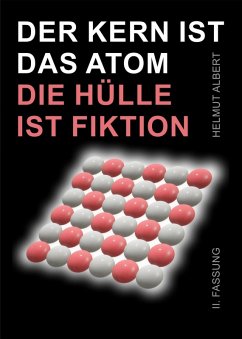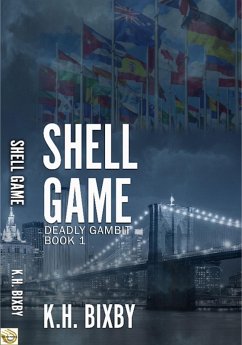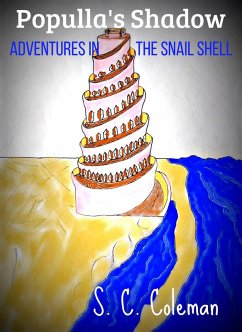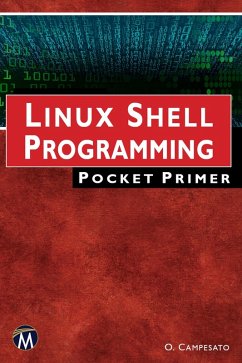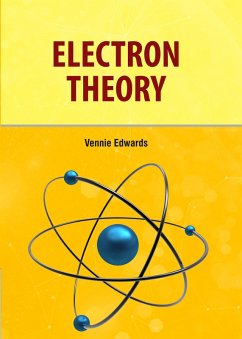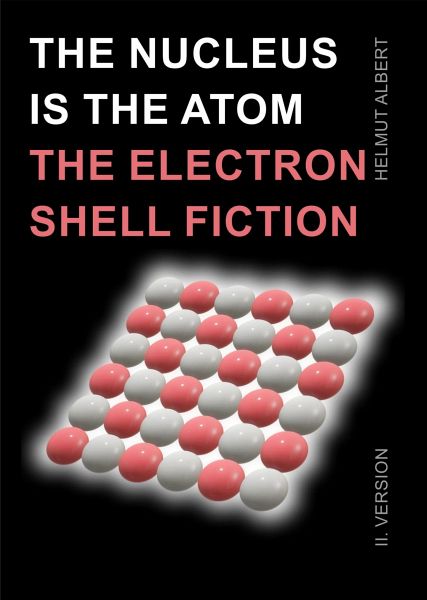
The nucleus ist the atom, the electron shell fiction (eBook, ePUB)
II. version

PAYBACK Punkte
0 °P sammeln!
As already more than 100 years ago, also according to today's conception, an atom should consist of an atomic nucleus and an atomic shell. An atom is considered as a triple system with electrons in the atomic shell and protons and neutrons in the atomic nucleus. The properties of chemical elements are said to depend on the electrons and electron configurations. What electrical charge an atom has is determined by the ratio of electrons and protons. According to the theory of the checkerboard-planar atomic structure, these ideas are backward and a mistake. The checkerboard-planar atomic structur...
As already more than 100 years ago, also according to today's conception, an atom should consist of an atomic nucleus and an atomic shell. An atom is considered as a triple system with electrons in the atomic shell and protons and neutrons in the atomic nucleus. The properties of chemical elements are said to depend on the electrons and electron configurations. What electrical charge an atom has is determined by the ratio of electrons and protons. According to the theory of the checkerboard-planar atomic structure, these ideas are backward and a mistake. The checkerboard-planar atomic structure assumes a binary system of atoms. According to it, the nucleus is the atom and the shell is fiction. The protons and neutrons of the atom, form the whole mass. Protons are right-handed and neutrons left-handed, fast rotating building blocks of the atom. Spin-Up and Spin-Down. Based on these properties, protons and neutrons build up into atomic rectangles. This happens checkerboard-planar in the square lattice. In this way, each isotope of an element forms an individual "proton-neutron configuration". Depending on the configurations, open or closed, we are dealing with a reactive, or non-reactive atom. On the other hand, whether an atom is electrically positively or negatively charged depends on the unoccupied proton or neutron sites of an atom. The idea of a core-shell atom will no longer be relevant in the foreseeable future. The realization that atoms have a chessboard-like planar structure, on the other hand, will provide a new approach to the structure of matter.
Dieser Download kann aus rechtlichen Gründen nur mit Rechnungsadresse in A, B, BG, CY, CZ, D, DK, EW, E, FIN, F, GR, H, IRL, I, LT, L, LR, M, NL, PL, P, R, S, SLO, SK ausgeliefert werden.




